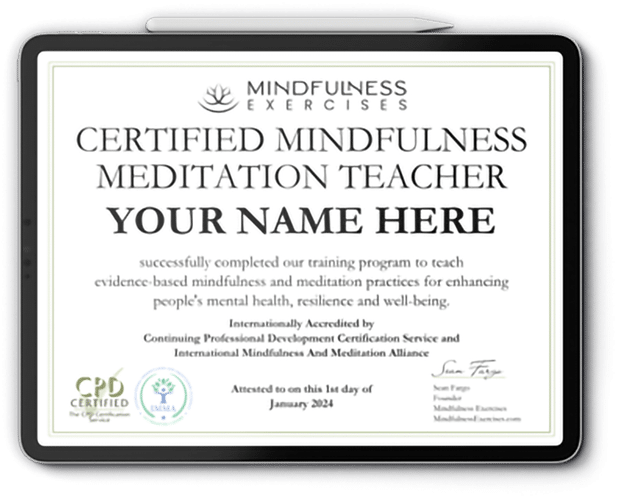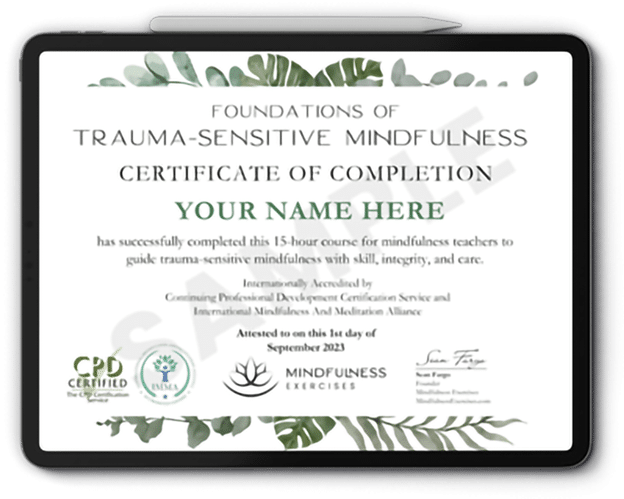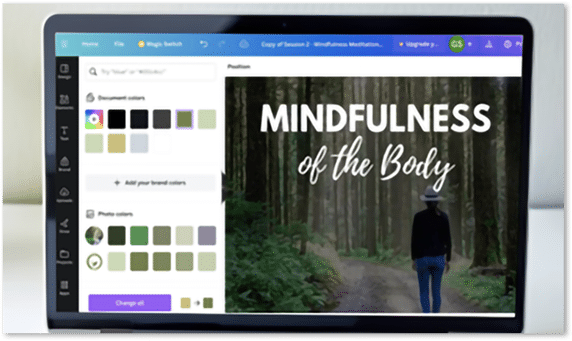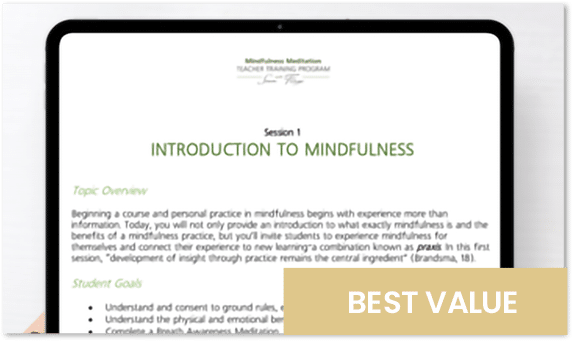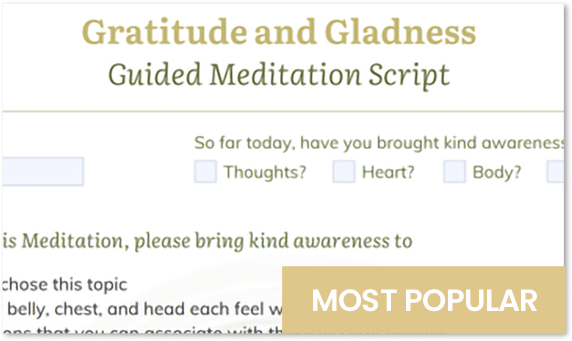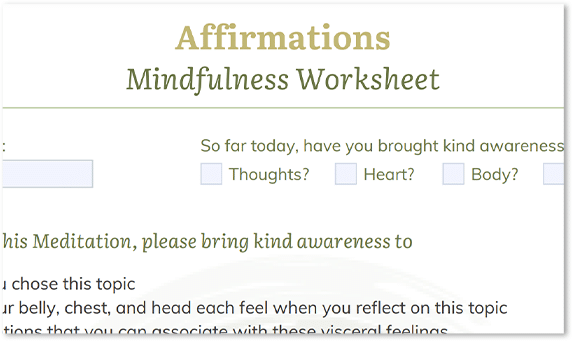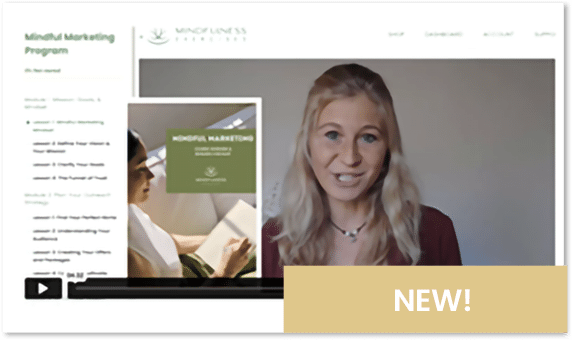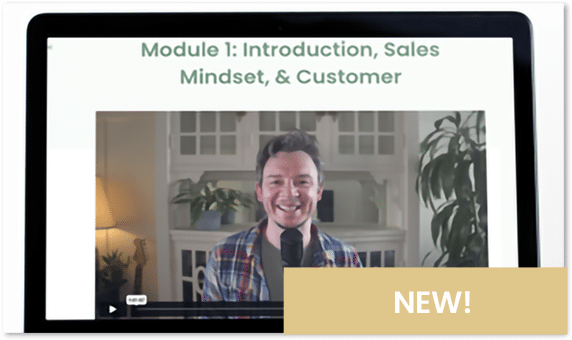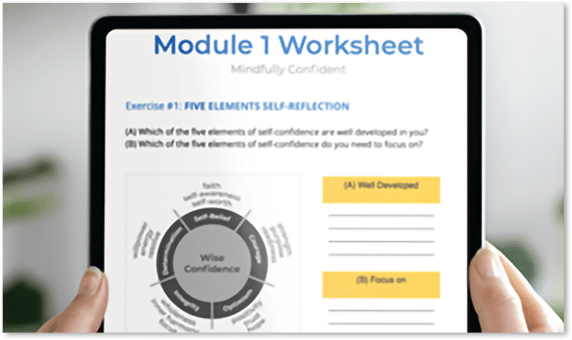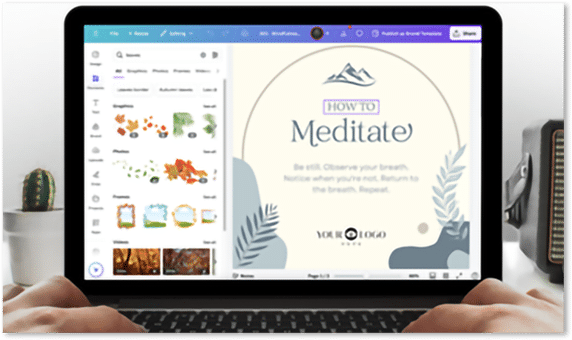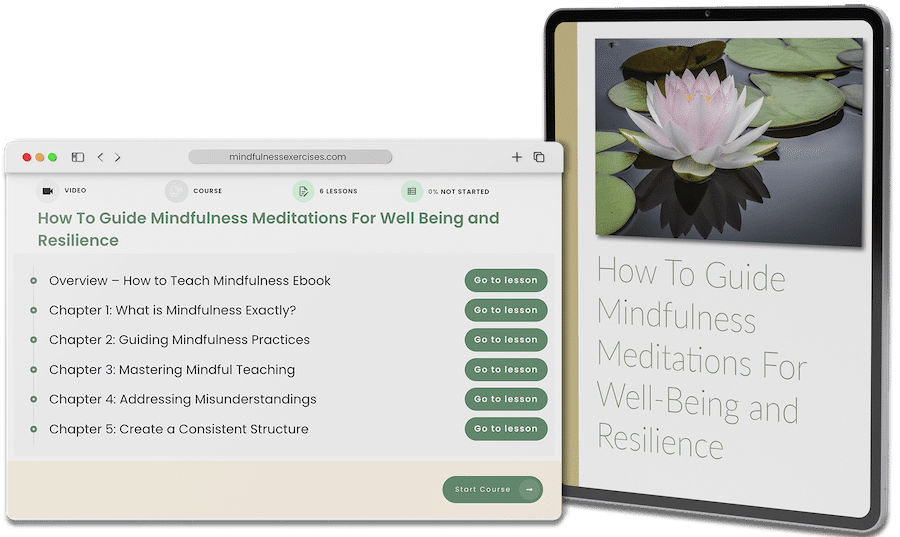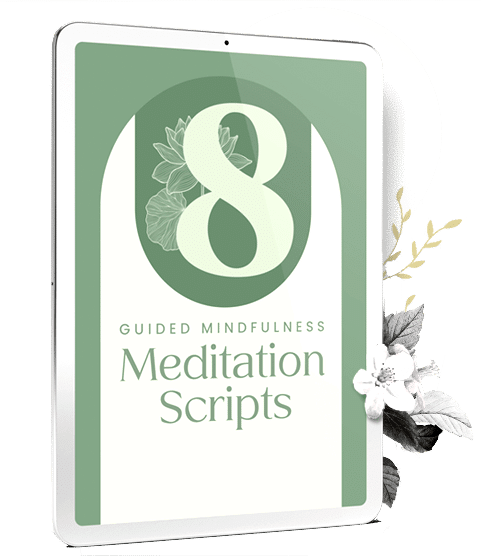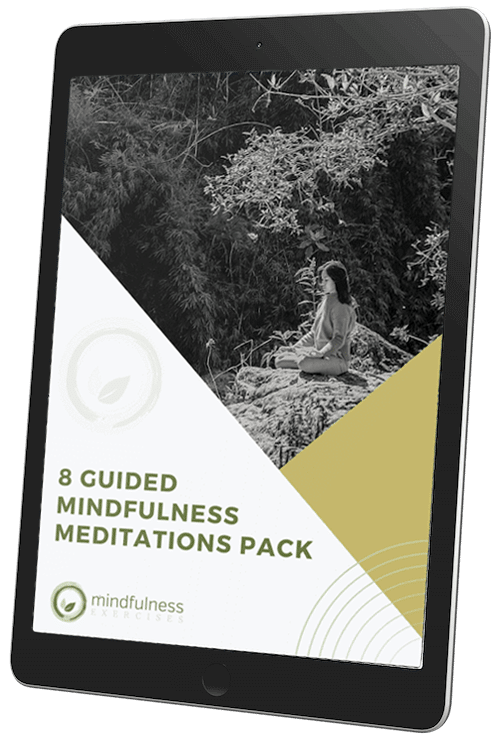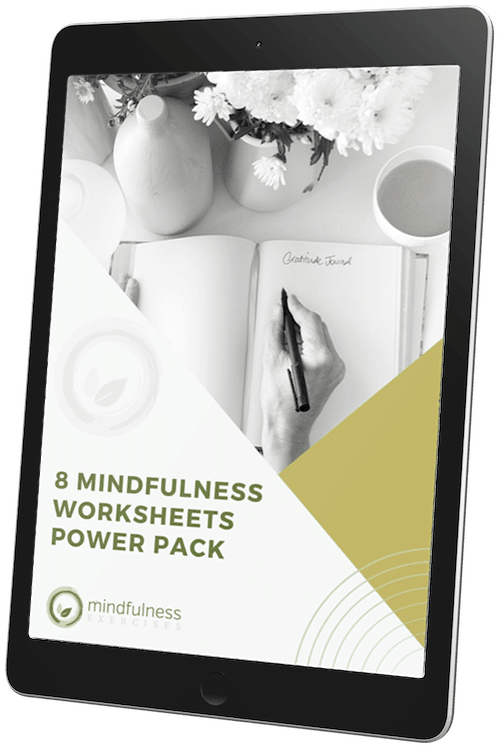Bringing mindful attention to our breath benefits us in many ways. Mindfulness breathing exercises can reduce stress and calm the central nervous system. They lead us away from overthinking and back to the present moment. Mindful breathing exercises are often easy to do and can serve as an introduction to additional mindfulness meditation practices.
Studies show that mindful breathing techniques can lead to physical changes in the body. When we breathe mindfully, we improve our health. Mindful breathing reduces blood pressure and cortisol, two physiological markers that tend to rise with stress. These changes in the body are also felt by us. Those who practice mindfulness breathing exercises report less stress, greater resilience, and improved self-regulation. Mindful breathing is even a suitable practice for kids.
We intuitively know from experience that a full exhale sigh out can be calming, or that a big breath in can feel enlivening. Imagine then, how much more we might discover with a steady practice of breathing exercises for mindfulness.

What is Mindful Breathing?
Mindful breathing is simple. It is the act of paying attention to the breath. Observing the breath, both during and outside of meditation, offers us a wealth of information. When we’re anxious or agitated, for example, we tend to take short, shallow or uneven breaths. When we’re deeply relaxed, we tend to breathe more patiently and evenly.
When practicing true mindful breathing, we simply observe. We breathe naturally and normally, watching each breath out and in with an open, spacious and caring curiosity. There’s no need to alter or fix the breath, or to breathe in any one certain way. We just meditate on the breath.
Unlike foundational mindful breathing, mindfulness breathing exercises may incorporate gentle breath manipulation. We do this only to the extent that it feels safe and comfortable. For example, breathing the way we would in a calm, contented state can nudge us toward that state. Breath and mind are connected, and each influences the other.
A Brief History of Mindful Breathing
We all know that the breath provides our bodies with the oxygen it requires to function optimally. However, since it is a process that occurs quite naturally on its own, we often forget to offer it the appreciation and tenderness it deserves. As we enhance our awareness of the breath, we start to see how not only does it nourish the physical body. Mindful breathing soothes and heals the emotional, mental, and spiritual bodies, too.
Hindus and yogis have long understood the power of the breath. In fact, while most people consider asana practice to be the foundation of yoga, the earliest texts on yoga speak little of physical postures, instead emphasizing the power of the breath. Pranayama is a foundation of yoga practice – which can be broken down into prana, meaning ‘life force’ and yama, meaning ‘restraint. And even in yoga asana practice, the breath is a strong, consistent thread. While holding and moving through poses is indeed a physical practice, mindfulness of the breath is woven into each move and each held posture.
We can also find roots of mindful breathing in other traditions and religions, such as in Buddhism. Mindfulness of breathing is noted in the ancient Buddhist text, the Ānāpānasati Sutta. This text also includes notes on insight meditation and other meditative practices. Thich Nhat Hanh described the breath as “the bridge which connects life to consciousness.” It is an accurate description of this invisible life force as the breath involves movement from the external, invisible realm of the world around us to the internal, physical reality that we experience (and vice versa).
How to Practice Mindful Breathing
There are numerous different breathing exercises we can explore. Such as various pranayama techniques taught by yogis that entail breathing in different manners and patterns. While there are numerous benefits of these techniques, mindful breathing can be made much simpler than this. Mindful breathing solely requires us to pay open attention to the breath – exactly as it is. To practice mindful breathing:
We can practice mindful breathing in unconventional settings as well. In other words, it is not a practice reserved for meditation or for solitude. We can practice mindful breathing while on the bus, when waiting in line at the grocery store, while walking or running, or during those moments right before we drift to sleep. In essence, mindful breathing exercises can be explored in just about any setting, whether we have 30 seconds or 30 minutes to spare.

Benefits of Mindfulness Breathing Exercises
Scientifically-proven benefits of mindful breathing have started to emerge over the past few decades. Some of the benefits include the following:
Mindful breathing reduces stress
Breathe mindfully and you’ll notice that even when trying not to, you’ll naturally breathe more deeply and slowly. This type of breathing engages the body’s relaxation response and brings our parasympathetic nervous system (the rest and digest system) online. In fact, mindful breathing is so effective at reducing stress, researchers in 2024 found that it even lowers blood pressure. This makes mindfulness breathing exercises a known preventative for cardiovascular disease.
Mindful breathing positively impacts thought and mood
Research shows that mindfulness breathing exercises reduce the frequency of repetitive thoughts, as well as our negative reactions to those thoughts. In a 2010 study of nearly 200 people who had never meditated before, mindful breathing had a more significant impact on rumination and negativity than relaxation exercises or even loving-kindness meditation.
Mindful breathing may help with depression
When we breathe mindfully, heart rate variability (HRV) increases. This means we become more adaptive and resilient to stress, as our heart rate can respond more effectively to change. In a 2019 study, participants in 9-minute deep breathing exercises experienced such a positive change to HRV that they showed fewer symptoms of depression.
Mindful breathing boosts the brain
We all know that when we’re stressed we’re more forgetful. Mindful breathing techniques boost memory by reducing stress, but also create real, lasting change in the brain. A meta-review of recent studies points out that narrowing our attention to the breath increases our capacity for focus. As attention improves over time, so does working memory, an important factor in cognitive processing.
Mindful breathing improves sleep
Insomnia is often the result of hyper-arousal, an imbalance of the autonomic nervous system. Breathing mindfully is a non-pharmacological intervention that shows promise for regulating sleep. In 2019, researchers described how mindful breathing exercises such as slow, deep breathing can help us fall asleep sooner, and sleep better, by balancing sympathetic nervous system activity.
Mindfulness Breathing Techniques
How we breathe influences energy in the body. We can use different breathing techniques to evoke calm, focus, presence, or even an increase in energy.
As you practice the following, never force or strain the breath. Move at a pace that feels easy and comfortable for you, while remaining mindful of your experience. If you begin to feel agitated in any way, release control of the breath and let the body breathe itself. Return to the practice only when you feel safe and regulated.
Nostril breathing is recommended, as it activates the parasympathetic nervous system. This only works, however, if it’s comfortable for you. So, choose the breathing technique (through the nose or mouth) that puts you most at ease.
Technique 1: Basic Mindful Breathing
Technique 2: Deep Breathing (Diaphragmatic Breathing)
Technique 3: Box Breathing

10 Mindful Breathing Exercises
Mindful breathing does not require long periods of sitting; in fact, we can benefit from committing wholeheartedly to short practices that enhance our ability to concentrate on one point. In this case, that single point is the breath. This meditation can be completed in just seven minutes, making it a great starting point for beginners or anyone who could use a mid-day reset.
This worksheet takes our mindfulness practice a step further by asking us to reflect deeply upon the presence of stress in the physical body. It helps us to clear stagnant energy and tension from the body, using the breath as a healing thread to bring about deep release. It incorporates an element of visualization, a powerful tool we can use to help heal the body and expand the mind.
Breathing into the belly is a powerful way to activate the body’s innate relaxation response. As we breathe into the belly, the ‘rest and digest’ system comes online, mitigating the ‘fight or flight’ system’s dominance. We find ourselves in a more peaceful state of being. Use this worksheet to learn the practice so you can come back to it anytime you find the breath is shallow or the mind is racing.
This simple breathing meditation roots us in the body, and the present moment, by bringing our attention to breath as a sensation throughout the whole body. According to neuroscientist and meditation teacher Rick Hanson, when we sense the body as a whole, we activate areas of the brain that tend to support mindful presence. Follow the breath to discover a deep connection to the here and now.
When the belly is soft, our breathing becomes fuller and longer. More oxygen is exchanged, and the vagus nerve is activated. This triggers a parasympathetic nervous system response which helps guide us out of fight, flight or freeze mode. In this meditation, we bring attention to the belly as we take slow, patient breaths. The process can help us feel more at ease.
Many of us struggle with a wandering mind, both in and out of meditation. Gently anchoring the mind to the breath can help hold steady the distractible mind. Any time we observe the mind has wandered from the anchor, breath, we simply return. Practice the technique or teach someone else with this meditation script.
Deep Breathing practices can influence the autonomic nervous system to help guide us to a deeper state of relaxation. This guided meditation script presents some of the benefits of deep breathing techniques, followed by a beginner-friendly 2-minute diaphragmatic breathing practice.
Breathing through the nose, breathing deep into the belly, and taking more time to breathe out than to breathe in are three examples of calming mindful breathing techniques. In this mindfulness worksheet and guided meditation, we focus on breathing out versus in. Use it to teach someone how to find calm by gently extending the length of their exhale.
In this guided meditation script, we come home to the body by following the breath inward. Here, we’re invited to rest the mind in a place of stillness and calm. By practicing mindfulness of the breath and a slow breathing technique, we encourage the mind to rest and the body to drift off to sleep.
This affectionate breathing exercise by Kristin Neff weaves breath awareness with a practice of self-compassion and kindness. As we breathe, we consciously harness feelings of love and kindness for ourselves that will help to relax both body and mind. In this practice, we are guided to expand this sense of self-affection to encompass a sense of kindness for not only ourselves but for others as well.


